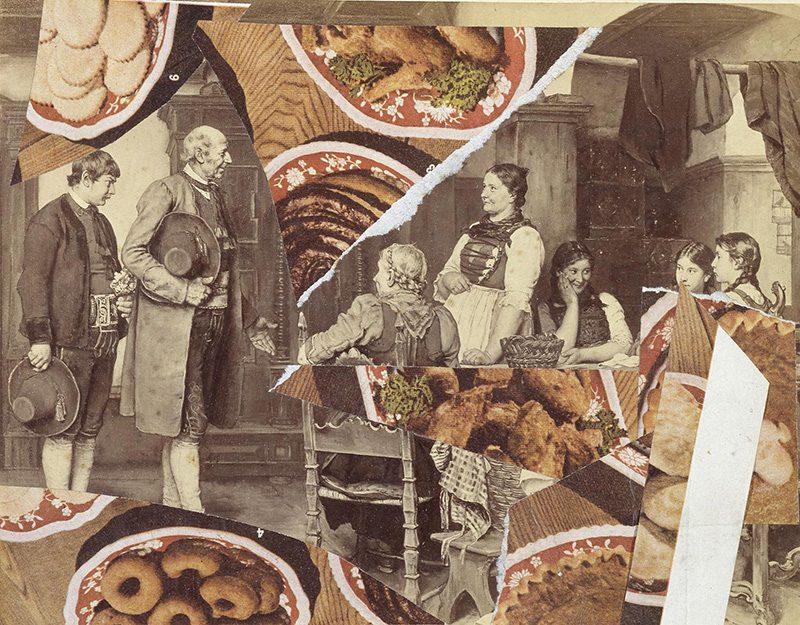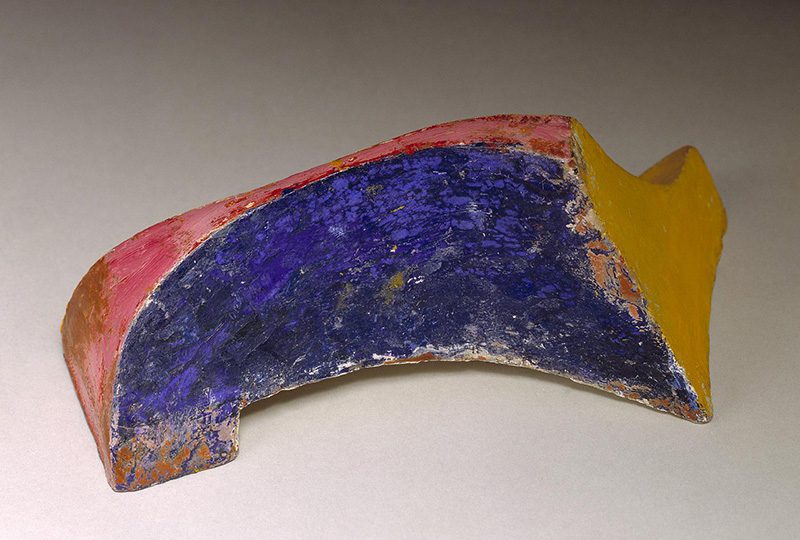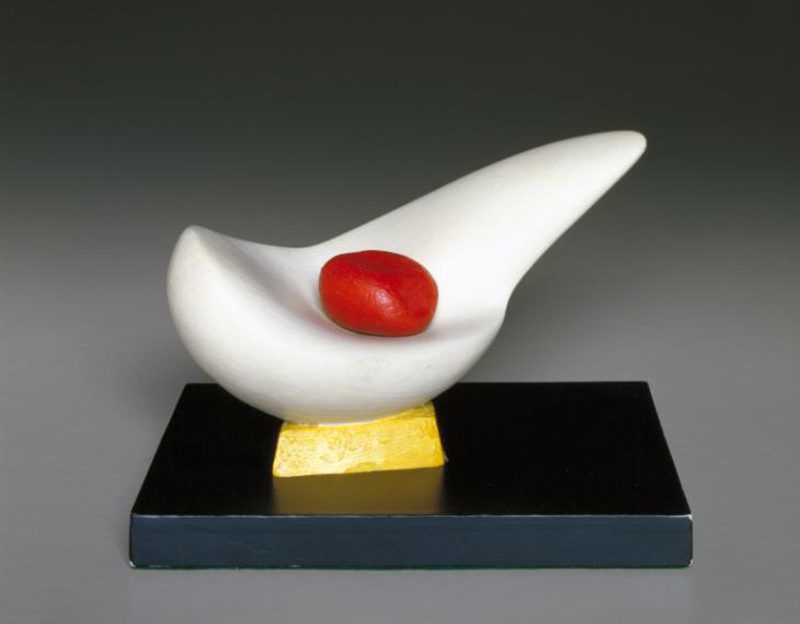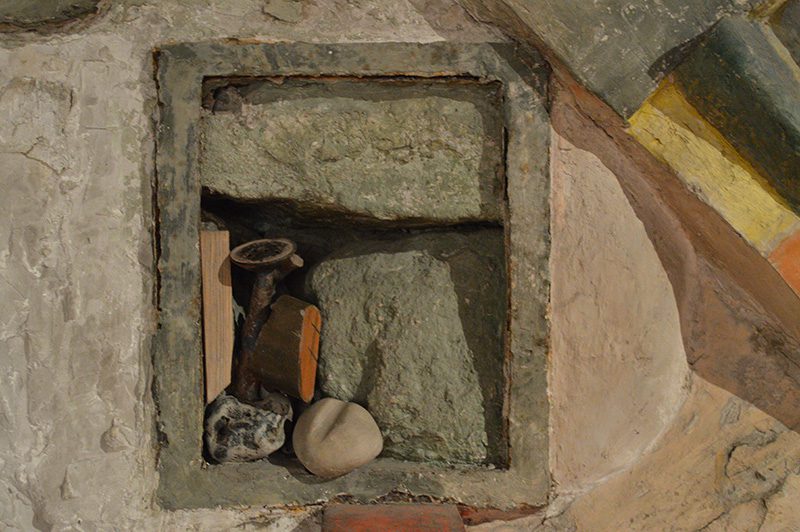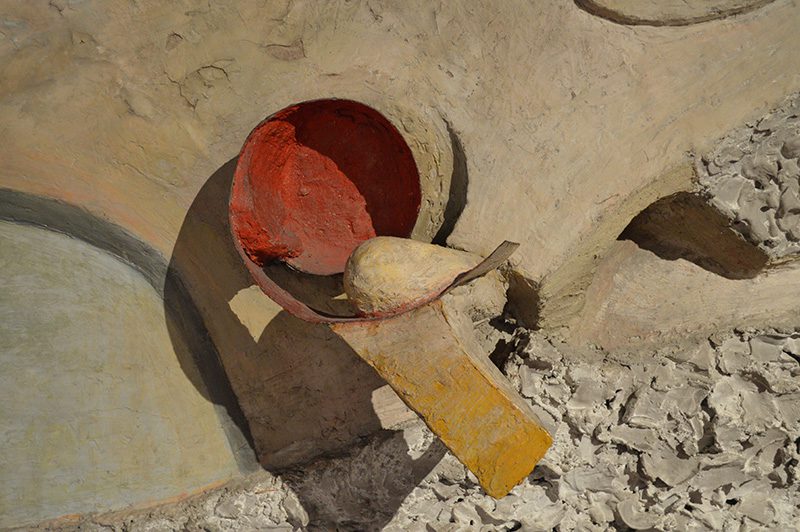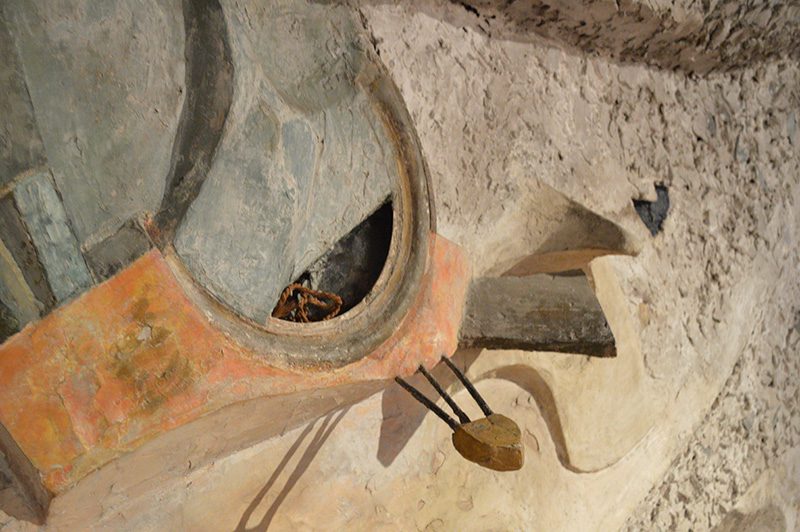TRACES:Kurt Schwitters
 Today is the occasion to bear in mind, the German Dada artist Kurt Schwitters (20/6/1887-8/1/1948). His ground-breaking Merzbau, completely misunderstood in its time, is now regarded as the precursor of contemporary artforms like Installation, Environment, Assemblage and site-specific art. Through documents or interviews, starting with: moments and memories, we reveal out from the past-unknown sides of big personalities, who left their indelible traces in time and history…
Today is the occasion to bear in mind, the German Dada artist Kurt Schwitters (20/6/1887-8/1/1948). His ground-breaking Merzbau, completely misunderstood in its time, is now regarded as the precursor of contemporary artforms like Installation, Environment, Assemblage and site-specific art. Through documents or interviews, starting with: moments and memories, we reveal out from the past-unknown sides of big personalities, who left their indelible traces in time and history…
By Efi Michalarou
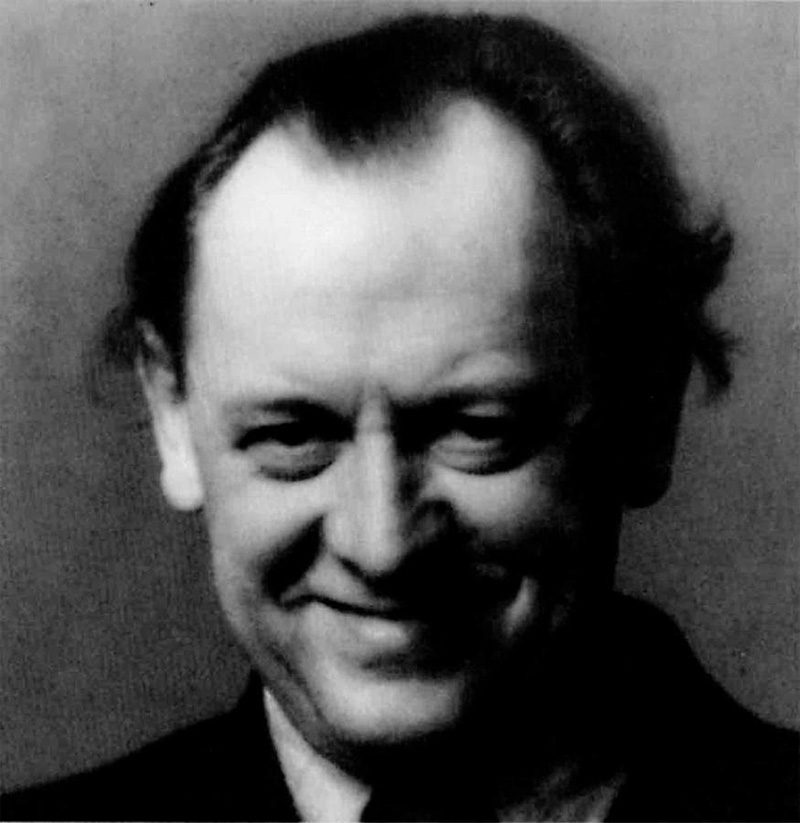 Born in Hanover, an introverted, Kurt Hermann Eduard Karl Julius Schwitters studied at the Dresden Academy of Art from 1909 to 1914 alongside Otto Dix and George Grosz, although Schwitters seems to have been unaware of their work, or indeed of Expressionist group named Die Brucke, Schwitters returned to Hanover and started his artistic career as a post-impressionist. A major challenge came in 1918 with the invitation to exhibit at Sturm gallery in Berlin. In the winter of 1918-19, Schwitters began to make collages, probably influenced by the work of Hans Arp. In the spring of 1919, Schwitters began to make assemblages from scraps of refuse, including one that included a snippet containing the four letters MERZ cut from an advertisement for the Kommerz- und Privatbank, as he revealed many years later. Merz was soon to become a kind of brand name for almost all his activities and indeed, from 1922, he even began to refer to himself as Kurt Merz Schwitters or simply Merz. “What I had learned at the academy was of no use to me… Everything was wrecked anyway and what counted was to construct something from the fragments. But that is Merz… It was a reflection of the revolution within me…” In 1923, he began work on his masterpiece, an extraordinary sculptural construction, consisting of huge columns of refuse, wood and plaster, one of which he called the “Cathedral of Erotic Misery”. In about 1931 he began to incorporate these columns into a sculptural interior, and in 1933 he removed his studio from this room and named his new artwork the “Merzbau” (Merz building). From 1933-1936, he expanded on his original studio constructions until they filled six or more rooms of the house. The rise of National Socialism in Germany during the 1930s was a death-blow to many German painters and sculptors, including Schwitters. He responded with a new style of abstract painting and a series of almost Surrealistic works, which were more contemplative, more restrained and far less exuberant than his earlier collages. In 1933, his work – along with that of Emil Nolde, Paul Klee, Oskar Kokoschka, Otto Dix, Max Beckmann, Ernst Ludwig Kirchner, Marc Chagall and many more, was labelled Degenerate Art (Entartete Kunst) by the Nazis. In the following years, his pictures were defamed in a series of Degenerate Art exhibitions that culminated in the largest and most notorious of all, staged in Munich in mid-1937. By now, however, Schwitters emigrated to Norway, in Lysaker, near Oslo, he worked on a second Merzbau and also created a sculptural interior in a hut on the island of Hjertoya, near Molde, that some art historians also regard as a Merzbau. Schwitters fled to England when Nazi troops invaded Norway in April 1940. He spent the rest of the war in London, drawing inspiration from his new surroundings to create new Merz pictures, complete with light-hearted references to the Old Masters. In 1945 he relocated to the English Lake District, and in mid-1947 began work on a new Merzbau known as the Merz Barn. It remained unfinished when he died in January 1948. Some of the interior constructions were subsequently demolished, while other free-standing elements were moved to new locations. The sculptured end wall was transported to the Hatton Gallery of Newcastle University in 1965, where it is still on show. The Hannover Merzbau was destroyed in an Allied bombing raid in 1943, while the Lysaker Merzbau was destroyed in a fire in 1951. His pioneering work in collage, pictorial montage, mixed-media-sculpture had a significant impact on modern art movements like Arte Povera, Fluxus, Pop Art, Conceptualism, Happenings, as Junk Art, Neo-Dada, Neo-Expressionism and is often discussed in terms of postmodernist art.
Born in Hanover, an introverted, Kurt Hermann Eduard Karl Julius Schwitters studied at the Dresden Academy of Art from 1909 to 1914 alongside Otto Dix and George Grosz, although Schwitters seems to have been unaware of their work, or indeed of Expressionist group named Die Brucke, Schwitters returned to Hanover and started his artistic career as a post-impressionist. A major challenge came in 1918 with the invitation to exhibit at Sturm gallery in Berlin. In the winter of 1918-19, Schwitters began to make collages, probably influenced by the work of Hans Arp. In the spring of 1919, Schwitters began to make assemblages from scraps of refuse, including one that included a snippet containing the four letters MERZ cut from an advertisement for the Kommerz- und Privatbank, as he revealed many years later. Merz was soon to become a kind of brand name for almost all his activities and indeed, from 1922, he even began to refer to himself as Kurt Merz Schwitters or simply Merz. “What I had learned at the academy was of no use to me… Everything was wrecked anyway and what counted was to construct something from the fragments. But that is Merz… It was a reflection of the revolution within me…” In 1923, he began work on his masterpiece, an extraordinary sculptural construction, consisting of huge columns of refuse, wood and plaster, one of which he called the “Cathedral of Erotic Misery”. In about 1931 he began to incorporate these columns into a sculptural interior, and in 1933 he removed his studio from this room and named his new artwork the “Merzbau” (Merz building). From 1933-1936, he expanded on his original studio constructions until they filled six or more rooms of the house. The rise of National Socialism in Germany during the 1930s was a death-blow to many German painters and sculptors, including Schwitters. He responded with a new style of abstract painting and a series of almost Surrealistic works, which were more contemplative, more restrained and far less exuberant than his earlier collages. In 1933, his work – along with that of Emil Nolde, Paul Klee, Oskar Kokoschka, Otto Dix, Max Beckmann, Ernst Ludwig Kirchner, Marc Chagall and many more, was labelled Degenerate Art (Entartete Kunst) by the Nazis. In the following years, his pictures were defamed in a series of Degenerate Art exhibitions that culminated in the largest and most notorious of all, staged in Munich in mid-1937. By now, however, Schwitters emigrated to Norway, in Lysaker, near Oslo, he worked on a second Merzbau and also created a sculptural interior in a hut on the island of Hjertoya, near Molde, that some art historians also regard as a Merzbau. Schwitters fled to England when Nazi troops invaded Norway in April 1940. He spent the rest of the war in London, drawing inspiration from his new surroundings to create new Merz pictures, complete with light-hearted references to the Old Masters. In 1945 he relocated to the English Lake District, and in mid-1947 began work on a new Merzbau known as the Merz Barn. It remained unfinished when he died in January 1948. Some of the interior constructions were subsequently demolished, while other free-standing elements were moved to new locations. The sculptured end wall was transported to the Hatton Gallery of Newcastle University in 1965, where it is still on show. The Hannover Merzbau was destroyed in an Allied bombing raid in 1943, while the Lysaker Merzbau was destroyed in a fire in 1951. His pioneering work in collage, pictorial montage, mixed-media-sculpture had a significant impact on modern art movements like Arte Povera, Fluxus, Pop Art, Conceptualism, Happenings, as Junk Art, Neo-Dada, Neo-Expressionism and is often discussed in terms of postmodernist art.


